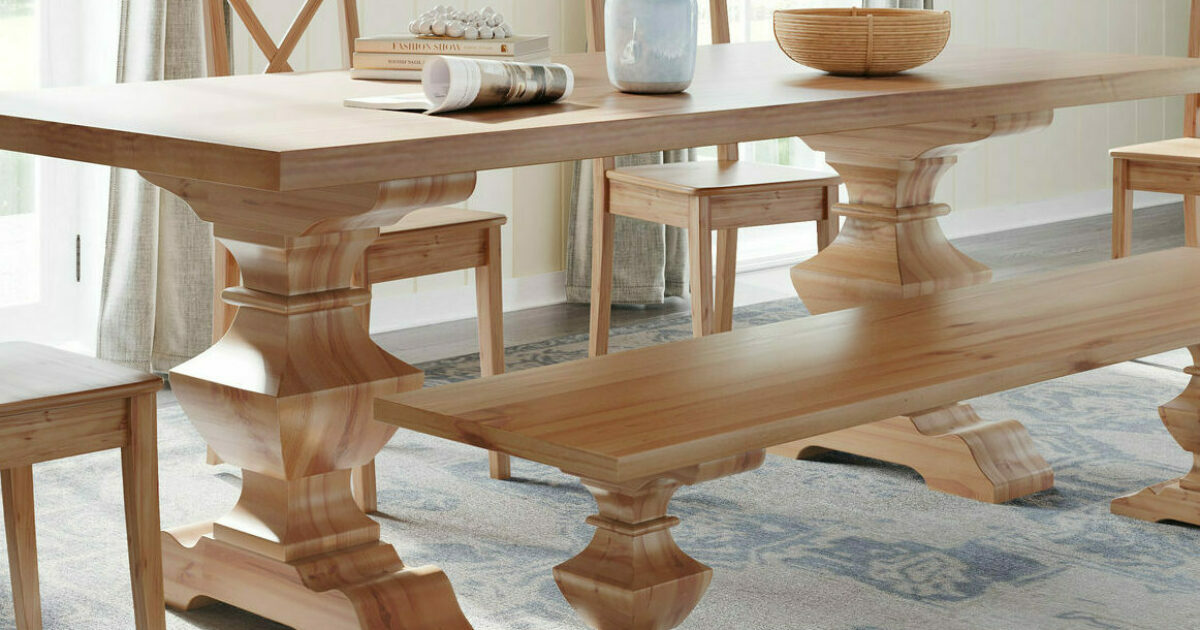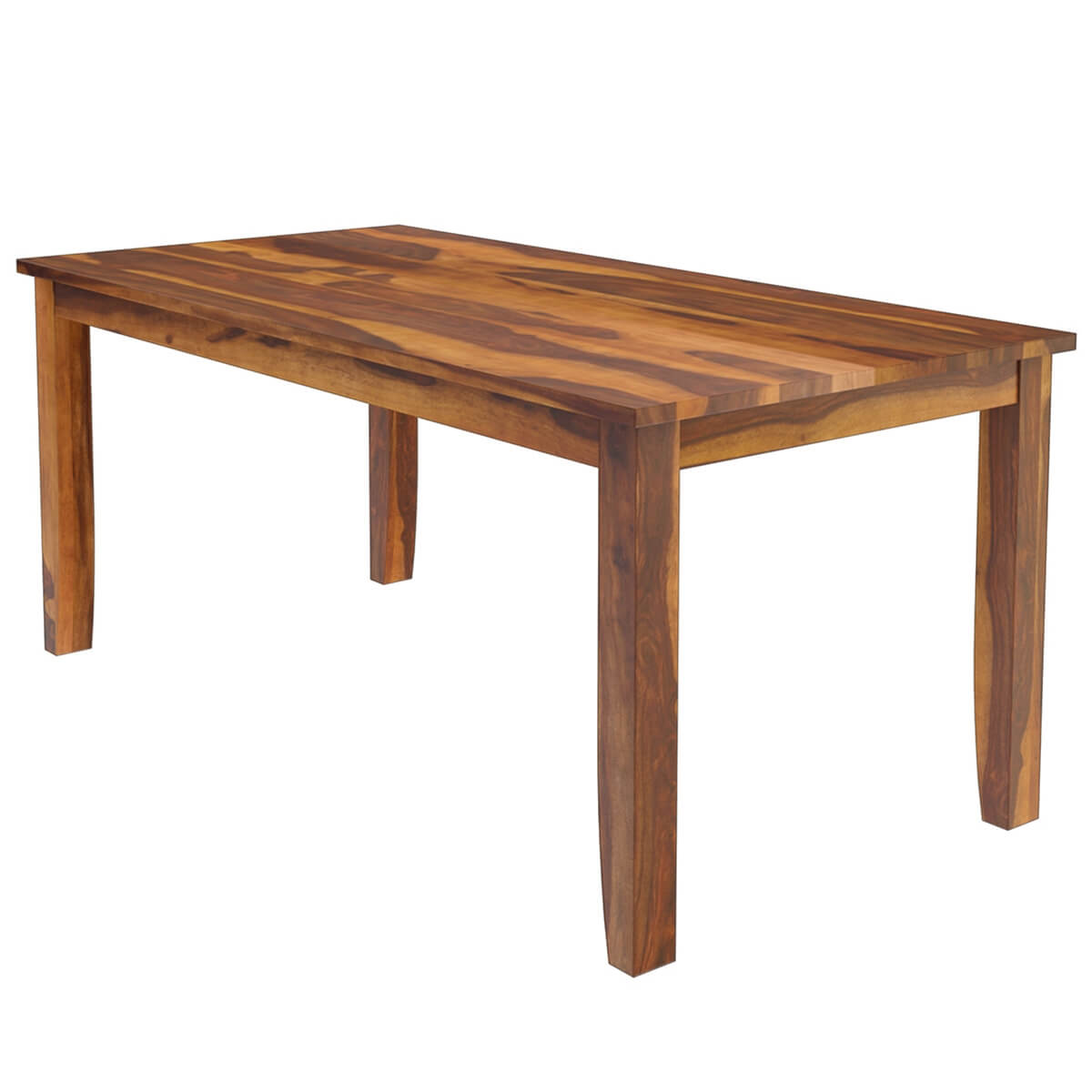Important Factors To Consider for Choosing the Right Eating Table Legs Wood
Selecting the suitable wood for dining table legs includes a nuanced understanding of different elements that influence both performance and visual charm. The selection of timber kind, ranging from robust hardwoods to more delicate softwoods, plays a pivotal role in ensuring resilience and stability. Each of these elements can significantly impact the overall experience of your dining room.
Relevance of Timber Kind

Hardwoods, such as walnut, oak, and maple, are frequently chosen for their stamina and resistance to use. These types of wood offer a durable structure that can hold up against daily use, making them optimal for eating tables that experience frequent events. On the other hand, softer timbers like want might be extra at risk to scratches and dents, which might not be excellent for high-traffic locations.
In addition, the selection of wood can also impact the convenience of upkeep. Some woods call for normal oiling or sealing to preserve their look, while others might be much more forgiving. Eventually, choosing the appropriate timber type involves stabilizing aesthetic considerations with sensible demands, making sure that the dining table legs not just look enticing however also stand the examination of time.
Examining Stability and Toughness
When examining dining table legs, one have to think about the stability and toughness they offer to the total structure. The legs are crucial in sustaining the table top and guaranteeing the eating experience is delightful and risk-free. A stable table is essential for stopping tipping or tottering, which can result in spills or crashes during dishes.
The choice of wood kind considerably influences strength. Woods such as maple, walnut, and oak are generally a lot more robust and resilient than softwoods like want or fir. Additionally, the thickness and layout of the legs play an essential duty; thicker legs or those with a tapered style can supply better support and security.

Aesthetic Factors To Consider
While functionality is vital, the visual appeal of dining table legs can not be forgotten, as they substantially affect the overall design and atmosphere of the eating space. The option of coating, wood, and design can detract or improve from the table's aesthetic influence.

Finishes additionally play an important role in appearances. A natural surface can highlight the timber's intrinsic appeal, while repainted or discolored legs can introduce color and individuality into the area. The proportion and range of the legs loved one to the table top and surrounding furnishings has to be considered to discover here make certain visual equilibrium and cohesion.
Eventually, the dining table legs should not just serve a useful function but likewise add to a natural and welcoming ambience, making them an important consideration in the total layout of the dining area.
Upkeep Needs
To make sure long life and preserve the appeal of wood table legs, normal upkeep is vital (Dining Table Legs Wood). Timber is a natural material that can be susceptible to harm from wetness, warm, and use. Consequently, establishing a routine treatment plan will substantially improve the resilience of your table legs.
Begin with routine dusting making use of a soft, lint-free cloth to remove dirt and particles that can damage the surface. For even more thorough cleansing, utilize a light soap service and damp fabric, preventing excess moisture that can seep into the wood. It is suggested to apply a top quality timber polish or conditioner every few months to nurture the timber and preserve its gloss.
Address any kind of dents or scratches without delay with proper wood filler or touch-up pens to avoid more deterioration. By sticking to these try this maintenance needs, you will not only maintain the visual allure of your wooden dining table legs yet additionally extend their functional life expectancy.
Spending Plan and Expense Variables
Budget plan and cost elements often play a crucial duty in the decision-making procedure for selecting wood eating table legs. When assessing options, it is important to develop a clear spending plan that lines up with your overall furniture financial investment. The expense of wood table legs can vary considerably based on the type of wood, layout, and workmanship intricacy.
Woods such as oak, cherry, and walnut usually command higher costs because of their longevity and aesthetic charm. In contrast, softer timbers like want may be much more cost effective yet may not use the very same longevity. Furthermore, customized or artisan-crafted legs can incur additional prices, showing the skill and time purchased their production.
It is also important to take into consideration the prospective long-term value of your financial investment. While going with lower-cost materials might appear monetarily sensible originally, they may call for more constant replacement or repairs, inevitably enhancing total expenditure.
Therefore, balancing quality and expense is essential. Prioritize materials that meet your aesthetic preferences while guaranteeing they fit easily within your spending plan, permitting you to produce a dining location that is both useful and visually appealing.
Verdict
In conclusion, selecting the appropriate wood for dining table legs necessitates mindful factor to consider of various elements, including timber kind, stability, aesthetics, upkeep, and spending plan. Woods such as oak and Home Page walnut offer superior toughness and strength, while layout and density add to general security. Visual appeal and maintenance demands must align with individual choices and way of life. Ultimately, a knowledgeable choice will certainly improve the durability and aesthetic allure of the dining table, making certain satisfaction and performance for several years to come.
Picking the appropriate type of wood for dining table legs is crucial for both aesthetic allure and structural integrity. Inevitably, picking the appropriate wood type entails balancing aesthetic factors to consider with functional needs, guaranteeing that the eating table legs not just look attractive however also stand the examination of time.
It is suggested to use a top quality wood gloss or conditioner every few months to nurture the timber and maintain its luster.
The cost of wooden eating table legs can differ dramatically based on the type of design, workmanship, and timber intricacy.
In verdict, selecting the appropriate timber for dining table legs demands mindful consideration of numerous aspects, including wood type, stability, visual appeals, upkeep, and budget plan.